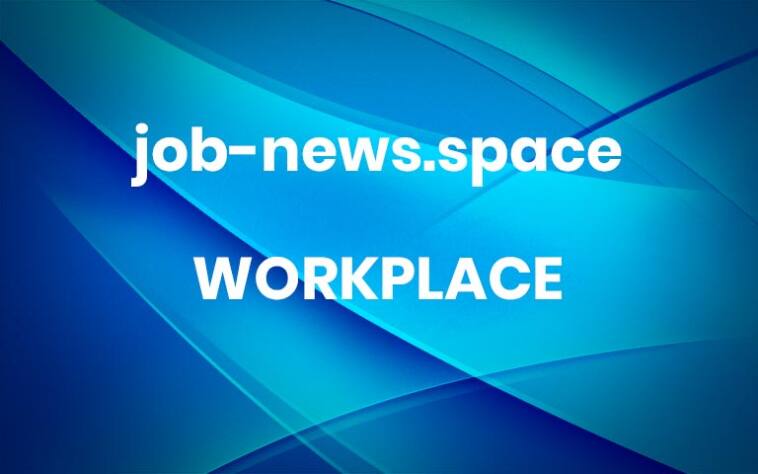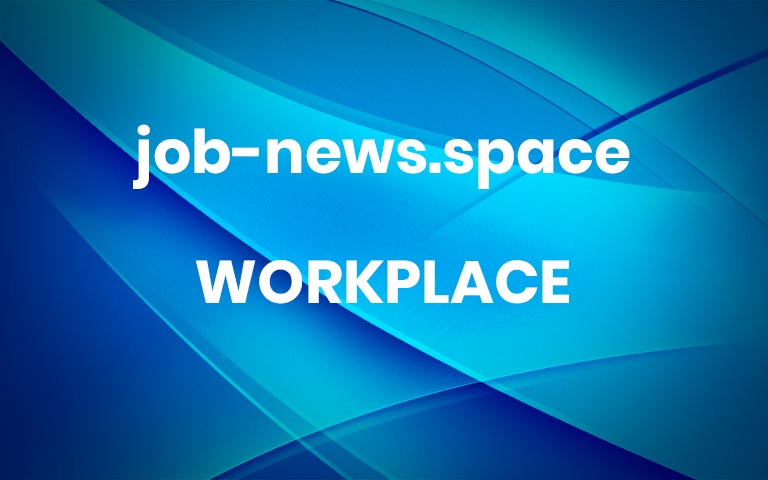In the constellation of AI giants, Anthropic shines with a different light. While others race towards ever-larger models, Anthropic’s guiding star is a singular, critical mission: to build reliable, interpretable, and steerable AI systems that are safe and beneficial for humanity. This isn’t just a tagline; it’s the core of their identity and the key to understanding what it takes to join their ranks.
Landing a job at Anthropic is notoriously challenging, but it’s a pursuit for those who want their work to address one of the most significant questions of our time. So, how do you break in? Undercover Recruiter did the research to craft your definitive guide.
Understanding the Anthropic Difference: Mission Before Metrics
To even begin an application, you must understand that Anthropic operates on a different philosophical plane. As a Public Benefit Corporation (PBC), they are structured to prioritize their safety mission alongside shareholder value. Their approach, famously dubbed “Constitutional AI,” trains models like Claude to align with a set of principles—a constitution—to ensure their behavior is helpful, harmless, and honest.
This mission permeates every role. “We screen for mission alignment from the very first conversation,” says a technical recruiter specializing in AI talent. “You can be the most brilliant engineer in the world, but if you can’t articulate a thoughtful perspective on the risks and challenges of advanced AI, you won’t get far. We need people who are here for the right reasons.”
This sentiment is echoed at the highest levels. In public interviews, CEO Dario Amodei has consistently emphasized that their goal is to create AI that humanity can trust. This ethos means they are looking for more than just code monkeys or research wizards; they are looking for custodians of a powerful future technology.
The Anthropic Archetype: More Than a Resume
While the specific skills vary by role, a distinct set of traits defines the ideal Anthropic candidate. If you recognize yourself in these descriptions, you’re on the right track.
First-Principles Thinking: Can you break down an unprecedented, complex problem into its most basic components and reason up from there? Anthropic tackles problems that have no existing playbook. “They want to see how your mind works,” notes a senior researcher at a rival AI lab. “Forget memorized algorithms. They’ll give you a novel problem related to model interpretability or scalable oversight and watch you reason through it live. They value the process over the perfect answer.”
Intellectual Humility: The field is moving at an incredible pace, and today’s breakthrough is tomorrow’s footnote. Anthropic fosters a culture where admitting “I don’t know” is a strength, not a weakness. Candidates who are curious, open to being wrong, and eager to learn from colleagues with diverse expertise (from physics to philosophy) are highly valued.
Pragmatism and a Collaborative Spirit: While the mission is lofty, the work is practical and deeply collaborative. Research, engineering, and policy are tightly integrated. You need to be able to shift from abstract, theoretical discussions to concrete, implementation-focused engineering challenges. Showing you can communicate complex ideas clearly and work constructively within a team is non-negotiable.
A Deep, Authentic Interest in AI Safety: This can’t be faked. Your motivation needs to go beyond “AI is cool.” You should have a history of engaging with the subject, whether through academic research, personal projects, reading key texts in the field, or participating in alignment forums online.
Deconstructing the Gauntlet: Navigating the Interview Process
The Anthropic interview loop is comprehensive and designed to test every facet of the archetype described above. While it may be tailored to the role, you can generally expect several stages:
Recruiter Screen: This is the initial checkpoint for mission alignment and basic qualifications. Be prepared to articulate precisely why you want to work at Anthropic.
Technical Interviews: For engineering and research roles, this will involve multiple rounds. Expect deep dives into machine learning fundamentals, system design challenges (especially for ML infrastructure roles), and live coding. The problems will often have an “Anthropic flavor,” touching on aspects of model behavior or data analysis.
Research/Portfolio Deep Dive: Researchers and specialists will present their past work. The goal here is to demonstrate your ability to conduct independent, creative, and rigorous work. Be prepared for probing questions from a panel of experts who will challenge your assumptions and methodology.
The Mission & Values Interview: This is perhaps the most unique stage. You’ll discuss complex, hypothetical scenarios related to AI safety and ethics. There are no “right” answers. The interviewers are assessing your thought process, your ethical framework, and how you weigh competing values.8
“Prepare for their interview process as you would for a Ph.D. defense,” advises the senior researcher. “Know your own work inside and out, and be genuinely familiar with theirs. Read their key papers, understand their perspective on safety, and come with thoughtful questions.”
How to Stand Out From the Crowd
With fierce competition, a generic application won’t cut it. Here’s how to make your profile shine:
Engage with Their Work: Don’t just name-drop “Constitutional AI.” Read the paper. Understand it. Form an opinion on it. In your cover letter or interviews, reference a specific Anthropic research paper that resonated with you and explain why.
Show, Don’t Tell: Demonstrate your interest in safety. Have you built a tool to analyze model bias? Written a blog post about the challenges of interpretability? Contributed to an open-source alignment project? These tangible artifacts are worth more than any buzzword-laden summary.
Craft a Coherent Narrative: Your application should tell a story. Connect the dots between your past experiences and Anthropic’s mission. Explain the journey that led you to believe that AI safety is one of the most important problems to work on today.
Essential Resources for Your Journey
To deepen your understanding and prepare your application, dive into these resources:
Anthropic’s Research Publications: The best way to understand their technical approach is to read their work directly. You can find their papers on their website or on arXiv. anthropic.com/research
AI Safety Fundamentals: If you’re newer to the field, this free, comprehensive course provides an excellent curriculum on the core concepts of AI alignment and safety. It will give you the vocabulary and mental models to engage in substantive discussions. aisafetyfundamentals.com
A career at Anthropic is an opportunity to be in the room where the future of AI is being written. It demands immense intellectual rigor, a collaborative spirit, and an unwavering commitment to a safer technological future. If that describes you, your journey starts now.
Share this post: More



